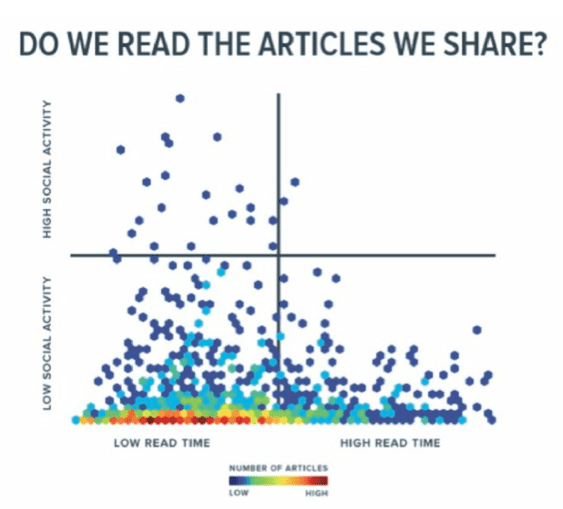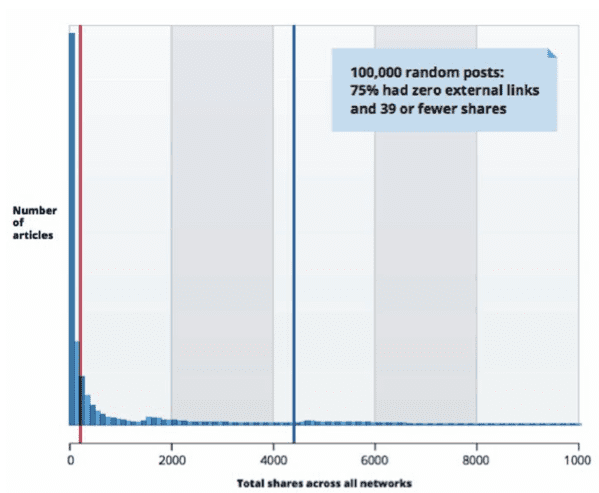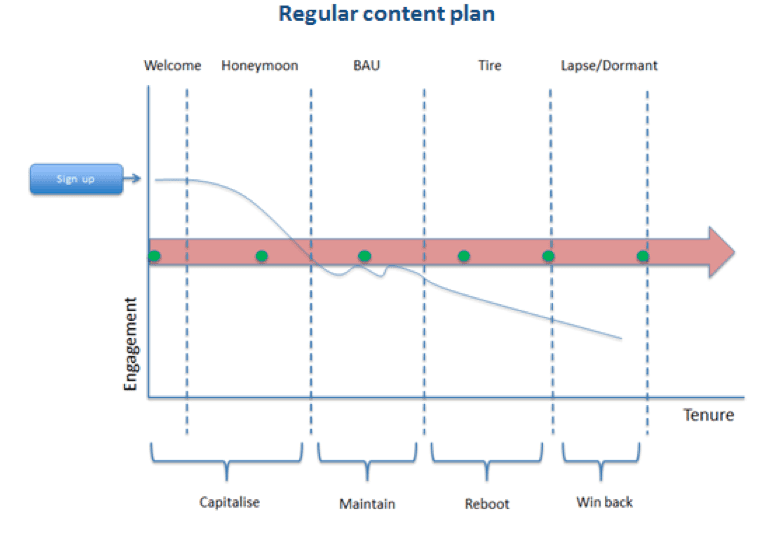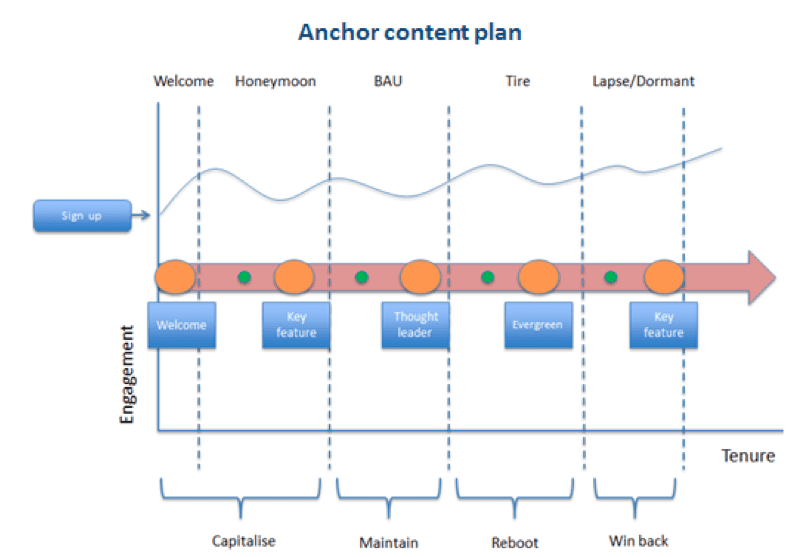Tie your audience down with Anchor content
As the Smart Insights - HubSpot Content Marketing 2016 research shows, content now forms an essential element of nearly everything we do as marketers. Planning, creating and distributing great quality content is not just the domain of content marketers; it covers email, advertising, CRM and just about anything else we’re involved in. Content excellence is now so crucial to how we communicate and gain traction with consumers that it’s become an important priority for many marketers in 2016 and beyond.
Yet, despite its importance, gaining consumers' attention is becoming more and more difficult. In an attention economy, that’s become increasingly competitive, ‘content shock’ the incessant deluge of mediocre content that is blinding audiences to brands’ content efforts - means that content has to have genuine quality and relevance to achieve cut-through.
The rise of ad blocking software, the decrease in organic reach on social platforms such as Facebook and declining referral traffic for many brands are all signs that the bar for quality content has been raised. And this impression is backed up by data from Chartbeat and Buzzsumo that indicates that much of the content being produced is not being read, shared or linked to:
Source: Chartbeat, 2016
The chart above indicates that there is no relationship between how much a piece of content is shared and the amount of attention an average reader will give that content.
Source: Buzzsumo, 2016
The chart above shows that the vast majority of posts receive very few shares or links, two metrics that indicate proactive engagement.
Build your content plan around an anchor
Let's consider a publication such as Wired. What is it about the content that Wired produces that keeps people reading and subscribing? Although Wired offers many different articles every month, there are often one or two stand-out features, as well as regular features, that grab people's attention and keep them engaged.
This is also true for services like Netflix. Whilst there are hundreds, even thousands of different series and movies to choose from, it’s the flagship shows such as ‘House of Cards’, ‘Making a Murderer’ and ‘Orange is the New Black’ that gets people hooked and encourages them to keep on watching and, more importantly, subscribing every month.
These features are authoritative, data-driven and remarkable. They’re different from everything else and can be described as anchor content. Like a real anchor, this content has weight, substance and connects everything together.
The concept of anchor content was first explored by Eric Enge in his excellent post for Marketing Land in March. The methodology that works so well for Wired and Netflix can be applied by marketers and provides a useful framework for anyone involved in content planning across different channels.
The figures below illustrate the positive impact of anchor content on a regular email programme:
The graph above shows the decrease in engagement over time once the initial buzz and interest of the campaign dies away. The content being produced (the green circles) is useful, relevant and seasonal, but without anything remarkable to spark interest the brand is left with dwindling engagement levels.
The second graph, however, shows how the inclusion of anchor content (the orange circles), including key features and high-quality evergreen content, can boost engagement over time and keep the audience motivated to keep clicking through and reading. The brand has identified what resonates with the audience and has planned in advance where to include anchor content to maintain interest.
Three key principles of anchor content
The principles of anchor content are not new but they are useful for reminding ourselves and clients of what makes an effective content campaign. Three principles that stand out for me include:
1. Start with a weighty anchor
A piece of solid, authoritative anchor content can form the centre point of a campaign, from which less detailed, more supplemental content can be added.
In the email campaign example above, the spikes in engagement were the result of strong anchor content that introduced a theme for the quarter. In the following weeks and months, other pieces of supplemental content ‘riffed’ on the main theme, building on the interest the initial piece generated until the next quarter.
2. Quality beats quantity
An endless stream of ‘OK’ content is unlikely to have a positive impact. The days when large quantities of content could achieve results, particularly in search, have long gone as a result of advancements such as Google’s Panda algorithm update. Audiences are busy, distracted and have more choice than ever before so they expect better.
However, it’s impossible for everything to be ‘hero’ content, there just isn’t the time, resource or audience appetite. But that’s not the point of the anchor content approach. Instead, content planners should consider how different campaigns or programmes can be structured in a way that uses key features at certain points in time to anchor interest and generate buzz.
Some of this type of content was explored in our post on ‘10x content’.
3. Focus on what your audience finds fascinating
Data is your friend! With so many analytics tools and resources available, there’s really no excuse for not measuring activity to identify what is resonating with your audience.
Look at the trends and patterns between the different pieces of content that generate high and low levels of engagement. What is it about each that works well/ not so well? What can you take from the data and apply to your next piece of anchor content? This insight will help you to narrow down the content themes, formats and distribution channels that work.
Summary
The sheer deluge of content consumers receive today means that brands and marketers must work increasingly harder to achieve cut-through and generate engagement. The anchor content approach is based on the concept that specific pieces of high quality, authoritative content can be used as part of a new or existing campaign to spark interest and keep audiences engaged.
Anchor content is about producing content that stands out from the crowd to help you establish yourself in an increasingly noisy mediascape. The goal should not be about producing large quantities of content but creating content that is remarkable, adds value to those that are listening (i.e. not always the mass market) and is data-driven.
source http://www.smartinsights.com/content-management/content-marketing-strategy/tie-audience-anchor-content/




No comments:
Post a Comment